Slip-and-fall accidents happen every day. Sometimes people fall, and no one is responsible. However, when a fall occurs on someone else’s property, the property owner may be liable for the resulting expenses related to any damage to personal property or bodily harm.
The first step in finding relief from the financial stress of medical bills and lost income requires speaking with a slip-and-fall lawyer to determine if all the elements needed to file a lawsuit exist.
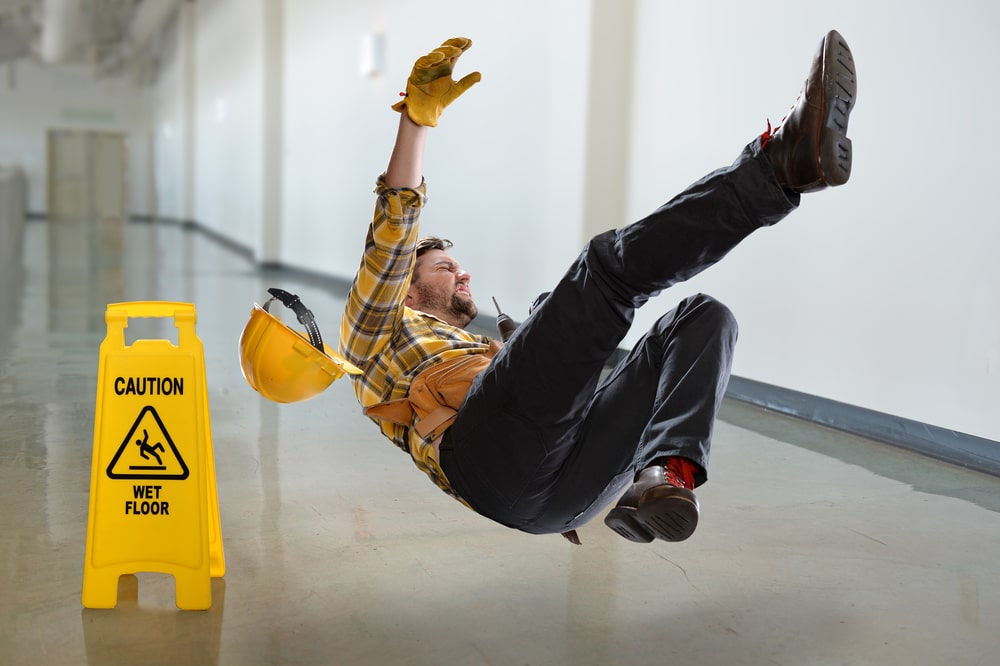
Proving that a property owner is responsible for the accident and injuries incurred is often tricky, even for slip-and-fall lawyers. Still, an experienced attorney can navigate the complex legal process, protecting the plaintiff’s rights along the way.

A slip-and-fall accident can happen virtually anywhere and at any time. However, some of the most common places to find potential tripping or slipping hazards include:
Accidents in the workplace typically fall under workers’ compensation coverage. However, the circumstances sometimes call for a more in-depth evaluation.
We never expect to come across a hazardous condition or fall and suffer an injury while shopping for necessities. However, it happens more often than we may think. Leaks and spills left on the floor could lead to a severe accident, and the staff may bear responsibility for it.
Busy kitchen staff and servers may overlook a spill during a rush of orders or forget to do a routine check of the bathroom, missing a puddle under the sink. Considering the heavy volume of foot traffic, the risk of accident and injury in a restaurant is significant.
In most cases, the government has immunity from claims filed in civil court. However, negligent action by a government entity may result in a lawsuit for slip-and-fall injuries.
Construction workers should go through rigorous safety training because potentially dangerous conditions exist everywhere on a construction site. However, when companies or management negligent safety protocol, leading to a slip-and-fall accident, one or both may be liable.
Hazardous conditions can occur anywhere in the home, and homeowners have a responsibility to keep both the inside and outside of their property safe for anyone lawfully present.
Like all property owners, parking lot owners are responsible for maintaining safe conditions in the parking lot and surrounding areas of a business.
A New York City slip-and-fall lawyer can explain the nuances of premises liability. This legal concept requires all property owners to maintain a safe space for anyone legally allowed on the property.
Once the civil court accepts the case, a slip-and-fall injury lawyer will begin collecting evidence to support the claim that the property owner negligently or intentionally caused the accident and the injuries.
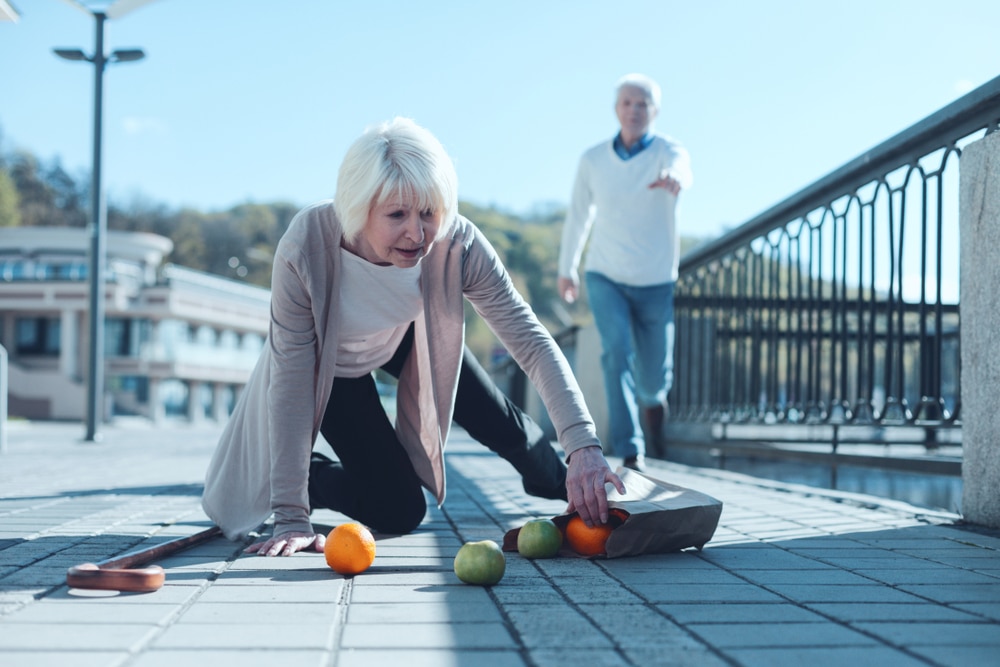
Some common causes include:
Cords left on the floor, poor lighting in dark areas, debris left on the floor or ground, cabinet or desk drawers left open, and glare caused by reflective light can pose hazards to people nearby.
inclement weather causing snow or ice accumulation, uneven floors, broken tiles, liquid or grease spills left unremedied, the broken pavement on parking lots or sidewalks, torn rugs or mats, loose floorboards, and freshly mopped or buffed floors without proper warning signage can all be dangerous.
broken or misused ladders, absent or loose handrails, running on stairs, or climbing an unsecured ladder can lead to injuries.
The demographics more vulnerable to slip-and-fall accidents include the elderly, manual laborers, kitchen and wait staff, factory and constructions workers, and custodial workers.
Injuries from a slip and fall accident case vary drastically based on many factors, including the age of the fall victims and the force of the fall. The severity of the injury will affect the recoverable damages, and a slip-and-fall lawyer can explain that there is no case without injury.

Slipping and falling alone does not constitute a civil lawsuit. The fall must result in damages for a plaintiff to seek compensation. A slip-and-fall injury lawyer will assess the damages to value the claim correctly.
Some common severe and minor injuries include:
Knee damage often causes lifelong issues, resulting in surgeries and therapy to repair torn ligaments and tendons. In addition, individuals with prior knee injuries are at a greater risk of doing more damage in a slip and fall.
Fractured or broken bones are a concern for the elderly, who commonly suffer from hip fractures due to a fall and often never regain full use. Broken bones require expensive medical treatment and may entail continued care or therapy.
Scrapes and lacerations are typically superficial, but deep cuts require stitches and could lead to infection if left untreated. Therefore, a slip-and-fall attorney should recommend seeing a doctor even when an injury appears minor, both for proper care and for medical records of the damage.
soft tissue damage comes in many forms. In a slip-and-fall accident, the most common are contusions, minor bruising, swelling, and strained or sprained muscles.
spinal cord and back injuries are among the most dangerous. Abrupt twisting of the spinal cord can cause tears and nerve damage, sometimes irreparably. A herniated disc or fractured vertebrae may cause lifelong pain and require continued treatment.
Concussions occur in a slip-and-fall accident when the head hits the floor with force, causing the brain to move back and forth inside the skull forcefully. Concussions can be life-threatening if not monitored by a doctor right away.
Traumatic brain injuries are arguably the most severe injury. Concussions are a mild form of TBI, but more dangerous examples include hemorrhages, hematomas, and skull fractures. Slip-and-fall accidents rarely result in head injuries worse than concussions, but enough force can cause a more severe injury.
A slip-and-fall injury lawyer will likely stress the need to seek medical attention immediately after a fall. In addition, validating a claim of damages related to an injury is easier with medical records proving that the injury occurred due to the fall.
A common misconception is that falling and suffering an injury on someone else’s property immediately warrants a lawsuit. However, a slip-and-fall lawyer must prove that the property owner knew of the dangerous condition that caused their client’s injury and failed to take care of it.
That concept falls under the notion of premises liability.
The general idea behind premises liability is that every public or private property owner must ensure that their space remains free of obvious hazards that could result in a guest’s injury. Therefore, when property owner does not maintain reasonably safe conditions, they breach the duty of care owed to their guests.
To prove negligence in a slip-and-fall accident lawsuit, an experienced lawyer has two options.
First, they can show that the defendant knew about the hazardous condition with enough warning to remove it and left it there intentionally. They may also show that the property owner created the dangerous condition and left it there with no regard for the danger it may present.
A common defense in a slip-and-fall claim is that the plaintiff bears some if not all responsibility for the accident. That is why the initial consultation with a slip-and-fall injury lawyer typically includes a series of questions to break down the plaintiff’s actions at the time of the accident.
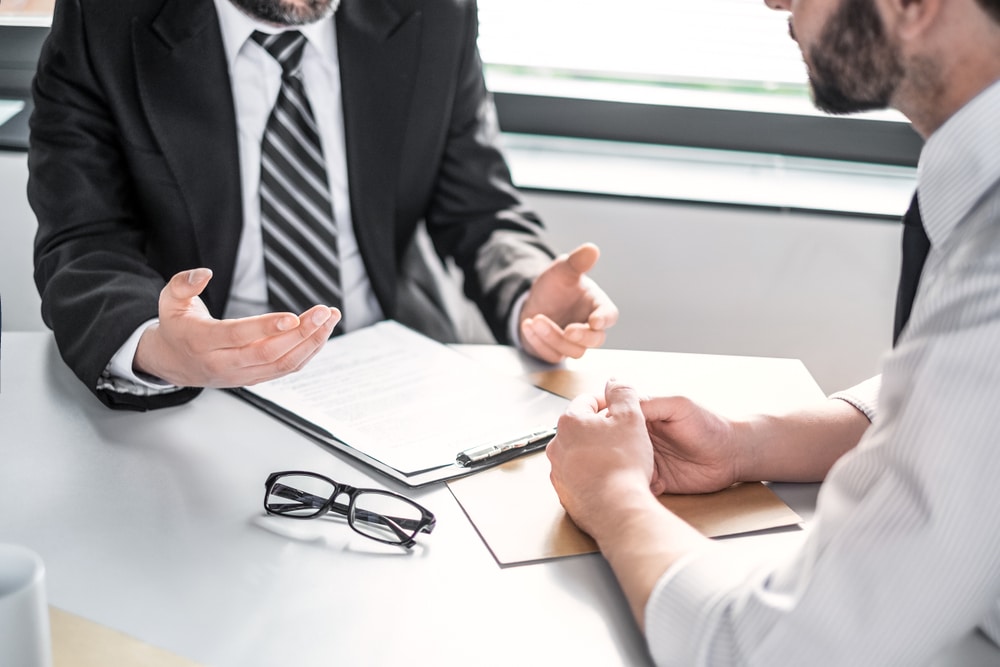
Some common questions from a slip-and-fall lawyer may address:
Access to security camera footage often provides evidence to support a client’s claim. Public places, such as supermarkets and government buildings, typically have cameras that may capture the accident.
As previously stated, to seek compensation from a slip-and-fall accident, resulting damages must exist. In any personal injury case, the two types of damages include compensatory damages and punitive damages.
Compensatory damages divide further into two categories: specific and general damages.
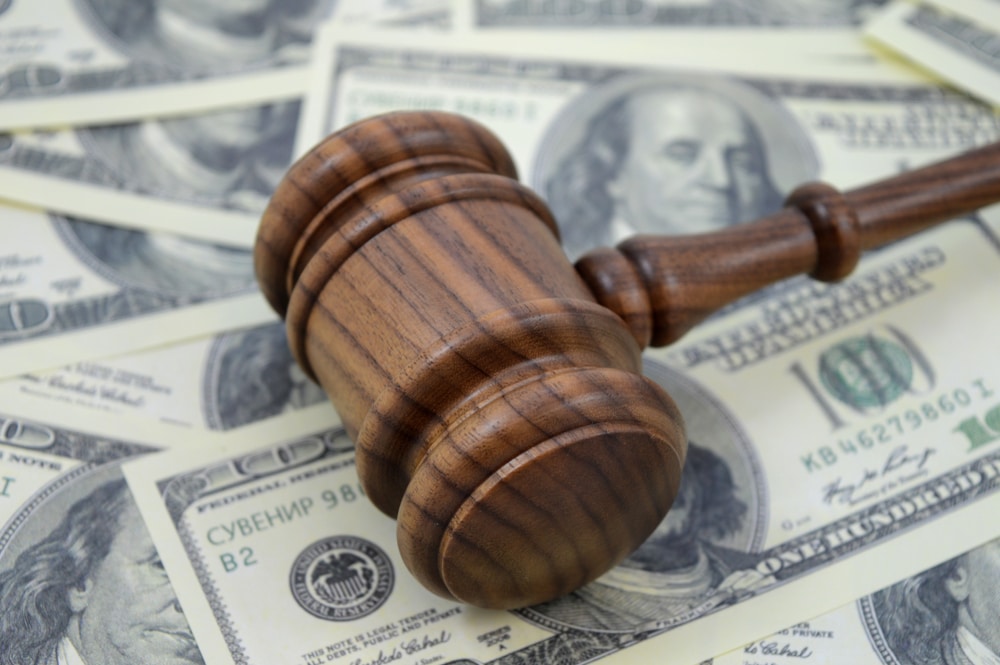
Specific damages, also known as economic damages, are the financial burden caused by the accident and injuries. Examples include:
To prove specific damages, a slip-and-fall injury lawyer will collect tangible evidence in the form of bills, pay stubs, receipts for out-of-pocket expenses, tax returns, and planned future medical treatments provided by the patient’s physician.
Then, using this same evidence, a lawyer can accurately value a claim and argue for a fair settlement. If the insurance company does not offer a settlement, the slip-and-fall attorney will prepare for trial.
General damages, also known as non-economic damages, require placement of monetary value because one does not inherently exist. These damages include:
General damages require further investigation to place monetary value. For example, a slip-and-fall injury lawyer may refer to precedent by looking for similar cases in the past or collect written testimony from the client, the client’s family, and the client’s doctors.
Punitive damages, also known as exemplary damages, differ from compensatory damages because they do not compensate the plaintiff for any losses related to the accident. Instead, punitive damages punish the defendant and act as a deterrent, encouraging the defendant to avoid the behavior in the future.
Only in rare cases would a slip-and-fall attorney ask for punitive damages. The court system only awards this type of damages when the defendant acted with apparent malice or created conditions that resulted in severe injury or death.
The state mandates the laws that govern a slip-and-fall accident lawsuit. In New York, the two specific laws that can significantly impact any personal injury case, including slip-and-fall, are the statute of limitations and the comparative negligence rule.
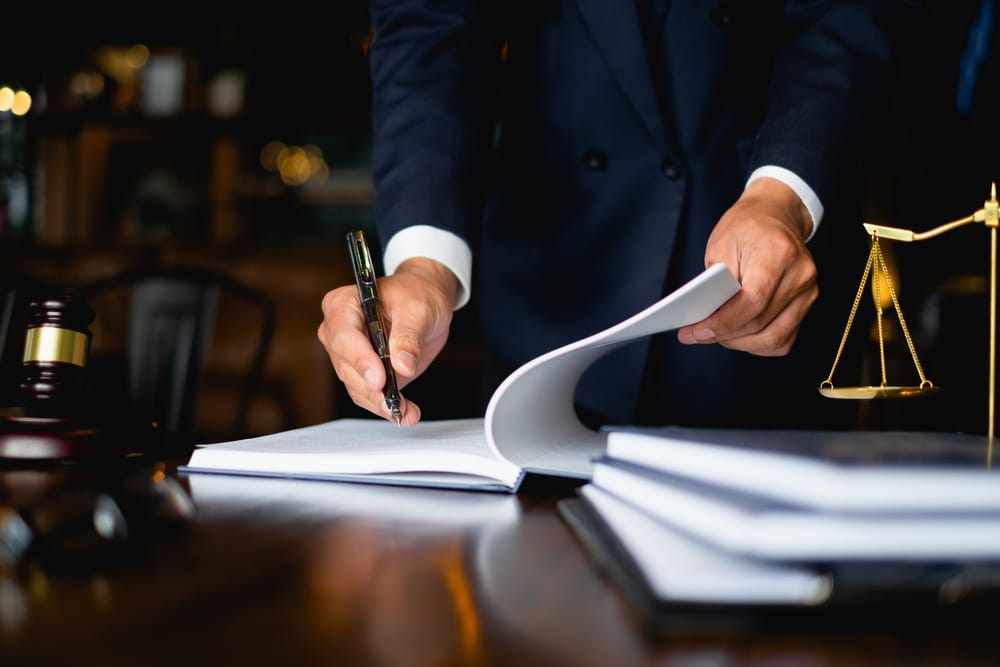
New York’s statute of limitations mandates a three-year deadline for slip-and-fall accident cases. This means that the claimant can file a lawsuit against the property owner for negligence within three years from the date of the accident. Property damage is not typical in a slip-and-fall case.
However, the same three-year statute of limitations applies if a plaintiff seeks a claim for property damage. On rare occasions, exceptions to the statute exist. A slip-and-fall attorney can explain when based on a case evaluation.
The most common argument presented by the defense in a slip-and-fall accident case is that the plaintiff is entirely or partially responsible for the accident. They may claim:
When both parties share fault for an accident, the court will apply the rule of comparative negligence. Under this rule, the plaintiff is still eligible to recover financial compensation for losses.
However, the court reduces the awarded amount by a percentage equal to the plaintiff’s percentage of fault for the accident. Additionally, there are two types of comparative negligence:
New York adheres to the rule of pure comparative negligence. For example, a plaintiff awarded $20,000 and found 10% at fault for the accident would receive $20,000 minus 10%, resulting in an award of $18,000.
A slip-and-fall injury lawyer can typically assess the possibility of shared fault by investigating the case.
The legal process involved in a slip-and-fall case is often complex and can be cumbersome for someone recovering from a severe injury. Hiring a slip-and-fall attorney alleviates the burden of managing the process alone in several ways.
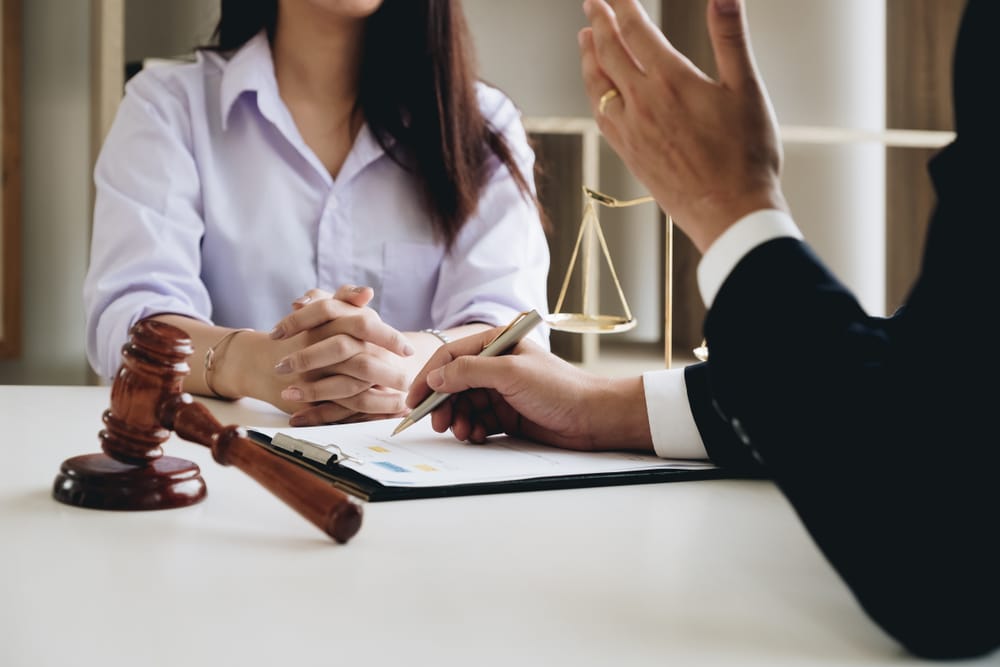
Some duties of the slip-and-fall injury attorney include:
Slip-and-fall accident victims often have many questions about negligence and potential compensation following an accident. Our experienced personal injury attorneys at Silverstein & Kahn P.C. can answer any questions about slip-and-fall claims and discuss who is at fault through a free consultation.
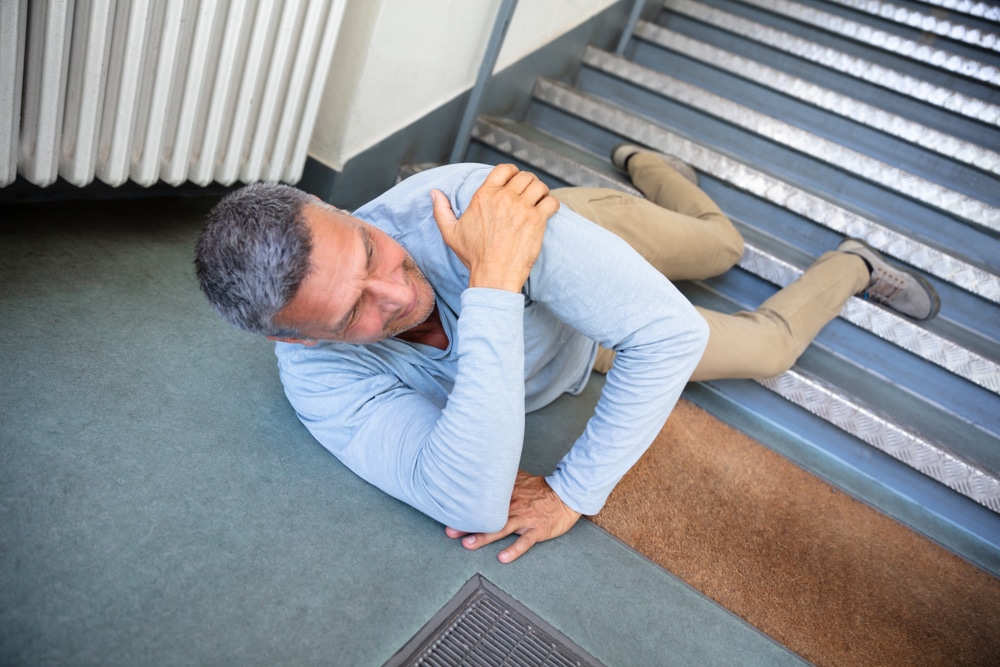
The primary concern in the aftermath of a slip-and-fall accident is the injured person’s health. The following steps encourage medical care and help protect the evidence necessary for a negligence claim:
If alone, call out to anyone in the vicinity for assistance.
As previously mentioned, slip-and-fall accidents can result in serious injuries. Sometimes the absence of visible injuries, such as a bruise or laceration, can deceive people into thinking they suffered no harm. However, internal injuries are often much more severe and may worsen with movement.
If the fall occurs on a rental property, report it to the landlord or property manager. If it happens in a public place, such as a restaurant or supermarket, ask to speak with the manager or supervisor on duty. Request a copy of the report filed at the location.
Take photos or videos of the hazardous condition that caused the fall and include the area surrounding it to show no warning signage existed. Pictures or videos taken on a smartphone have a time and location stamp as long as location services are on.
Not all accidents require emergency services, but victims should still see a doctor to assess potential internal injuries and create official documentation of damages.
Avoid speaking to anyone about the accident outside of providing a brief description of what happened for the accident report. This includes avoiding social media posts about what happened. Insurance adjusters and the defendant’s legal representation conduct investigations of their own and will monitor online activity.
The sooner we know about the accident and hear the details while they are freshest, the sooner we can begin to build a case.
Sometimes the injuries require emergency medical assistance, hindering the injured from completing most of the abovementioned steps. However, a slip-and-fall attorney may still help build a case through investigation.

There is no requirement for legal representation to file a civil lawsuit for a slip-and-fall accident case. However, mistakes during the filing process could require refiling.
Setbacks that delay filing a suit can be costly and can sometimes extend beyond the statute of limitations, meaning the court will likely dismiss the case by that time. In the meantime, the medical bills can continue to pile up while the injured person can no longer work, increasing the financial burden.
Whether your accident resulted in minor or severe injuries, an experienced New York slip-and-fall lawyer at Silverstein & Kahn P.C. has the knowledge to help you receive a fair and fast settlement. While you should never discuss your accident with anyone, particularly the insurance company or property owner, you would benefit from speaking with a slip-and-fall injury attorney at our law firm.
We work on contingency, which means that we require no upfront fees and will only receive a payment if we recover compensation either through a negotiated settlement or an award from the court. Conveniently located in Huntington, NY, we serve all of Long Island and New York City. You need a slip-and-fall attorney who can provide strong courtroom skills and a good work ethic to get the compensation you deserve.
Contact Silverstein & Kahn P.C.today to schedule a free consultation and relax, knowing that if we accept your case, we have faith in a positive outcome.
© 2023 Silverstein & Kahn P.C. All Rights Reserved.
Content, including images, displayed on this website is protected by copyright laws. Downloading, republication, retransmission or reproduction of content on this website is strictly prohibited. Privacy Policy